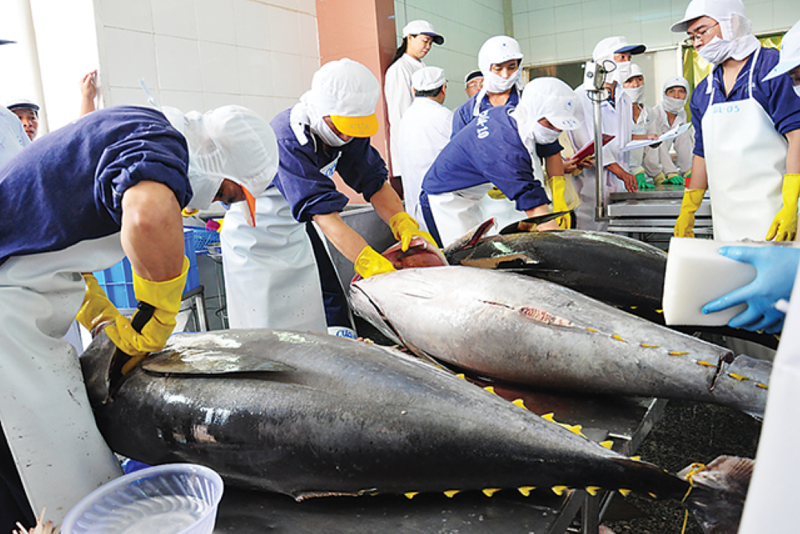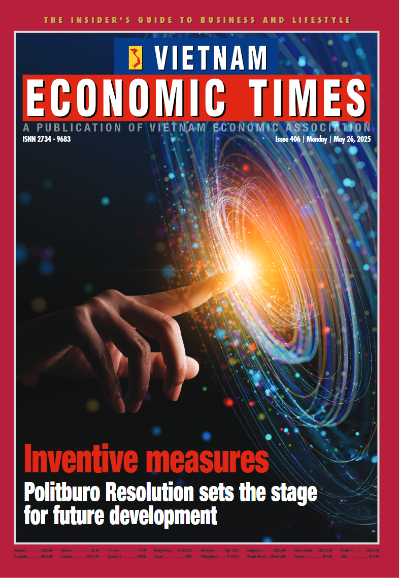Tuna industry, which has made significant contributions to Vietnam’s seafood exports, is now facing multiple challenges, from raw material shortages to stringent regulations in key export markets.
According to tuna processing and exporting enterprises, one of the major factors impacting export trends is the limited supply of raw materials, particularly those caught by domestic fishing fleets.
They were quoted by the Vietnam News Agency as saying that a new government decree amending and supplementing certain provisions on the minimum catch sizes, particularly for skipjack tuna (Katsuwonus pelamis), are not well-suited to the realities of the seafood sector. They warned that the new rules have significantly disrupted normal fishing and business operations, adding further economic burdens to the industry’s production and supply chain.
In response, Vice Chairman of the National Assembly Le Minh Hoan affirmed that a review process had confirmed the necessity of regulations on minimum catch sizes, including those for skipjack tuna. These regulations provide a legal and scientific basis to protect marine resources while meeting the European Commission’s recommendations on sustainable fishing practices.
To balance the need for marine resources conservation with the economic interests of both traditional fishermen and seafood exporters, the Ministry of Agriculture and Rural Development (now the Ministry of Agriculture and Environment) has proposed an expedited amendment to the decree. The revised regulation, aimed at resolving current obstacles for businesses and fishermen, is expected to be issued by April.
Meanwhile, canned oil-packed skipjack tuna imports into the US are now subject to tariffs ranging from 12.5% to 35%, unless the exporting country benefits from preferential trade agreements or tariff reductions. Data from the International Trade Centre (ITC) showed that Vietnam is currently the second-largest tuna supplier to the market, trailing only Thailand.
Former Deputy Minister of Foreign Affairs and former Vietnamese Ambassador to the US Pham Quang Vinh highlighted that the trade deficit between the two countries is a natural outcome of economic interdependence. He noted that as the US seeks to reduce its reliance on other import sources, it will inevitably increase imports from alternative suppliers, with Vietnam well-positioned to capitalize on this shift.







![[Interactive]: Toàn cảnh kinh tế Việt Nam tháng 7/2025](https://media.vneconomy.vn/302x182/images/upload/2025/08/0675413e3e-4a53-4c15-ae1f-e8883264607e.png)

![[Phóng sự ảnh] Những điểm nhấn đặc biệt sẽ xuất hiện tại đại nhạc hội “Tổ quốc trong tim”](https://premedia.vneconomy.vn/files/uploads/2025/08/10/51be9bdd24cf4dfc86a030e2b6e3db11-2906.jpg?w=302&h=182&mode=crop)



